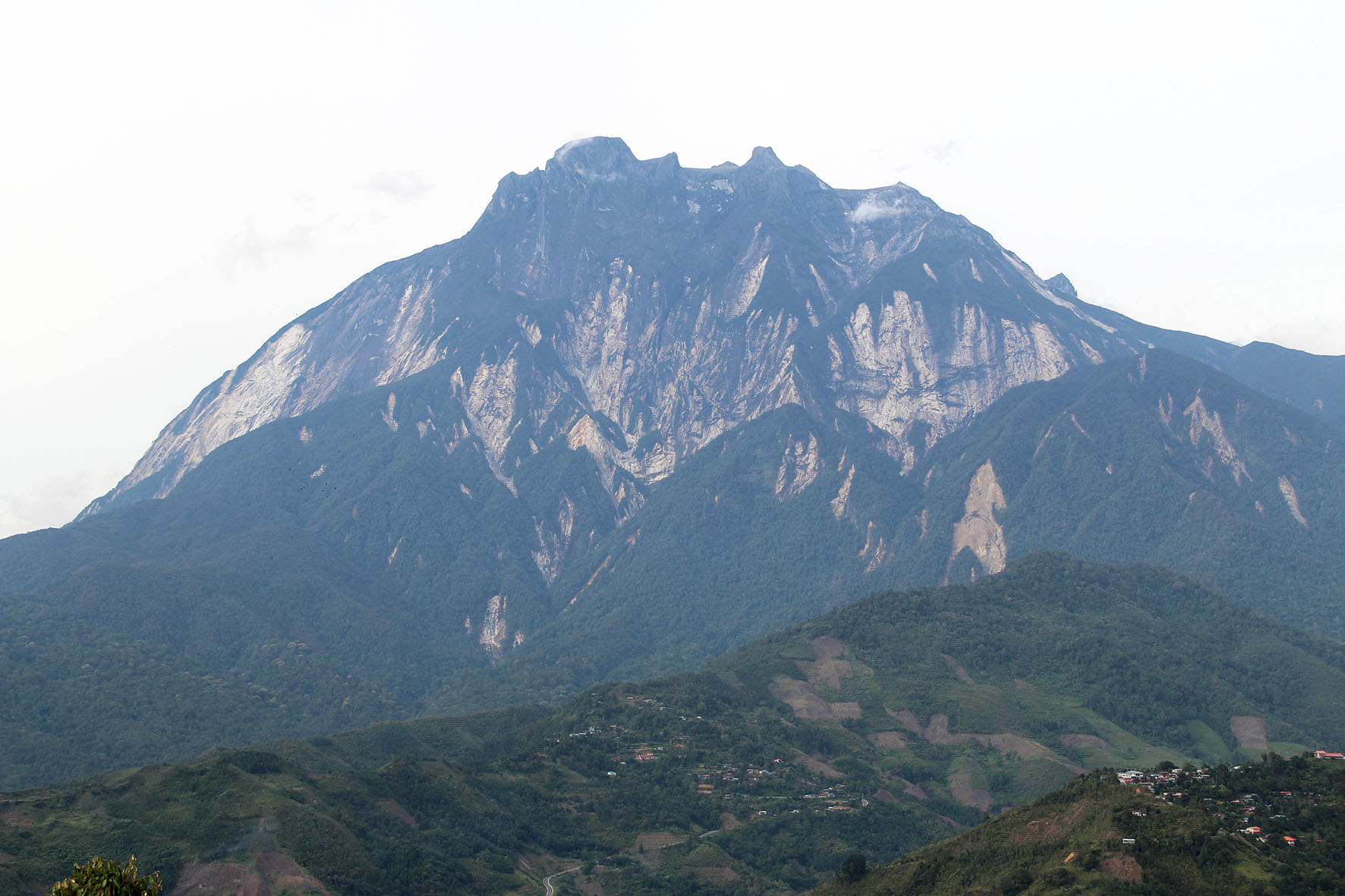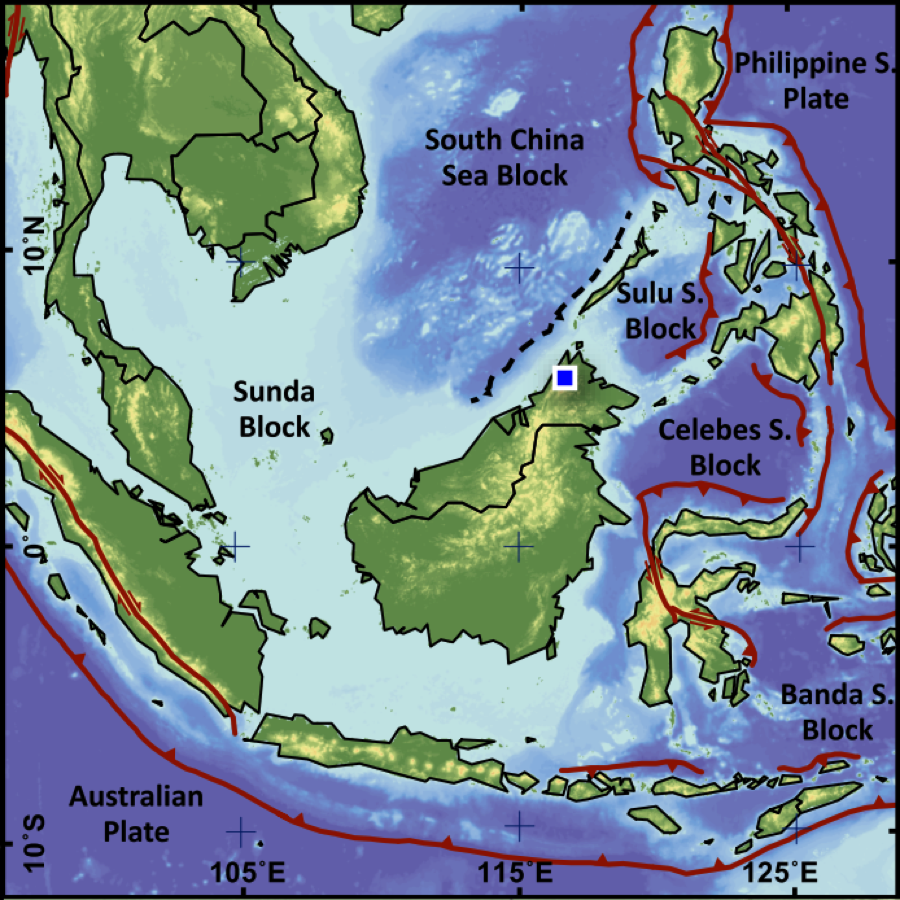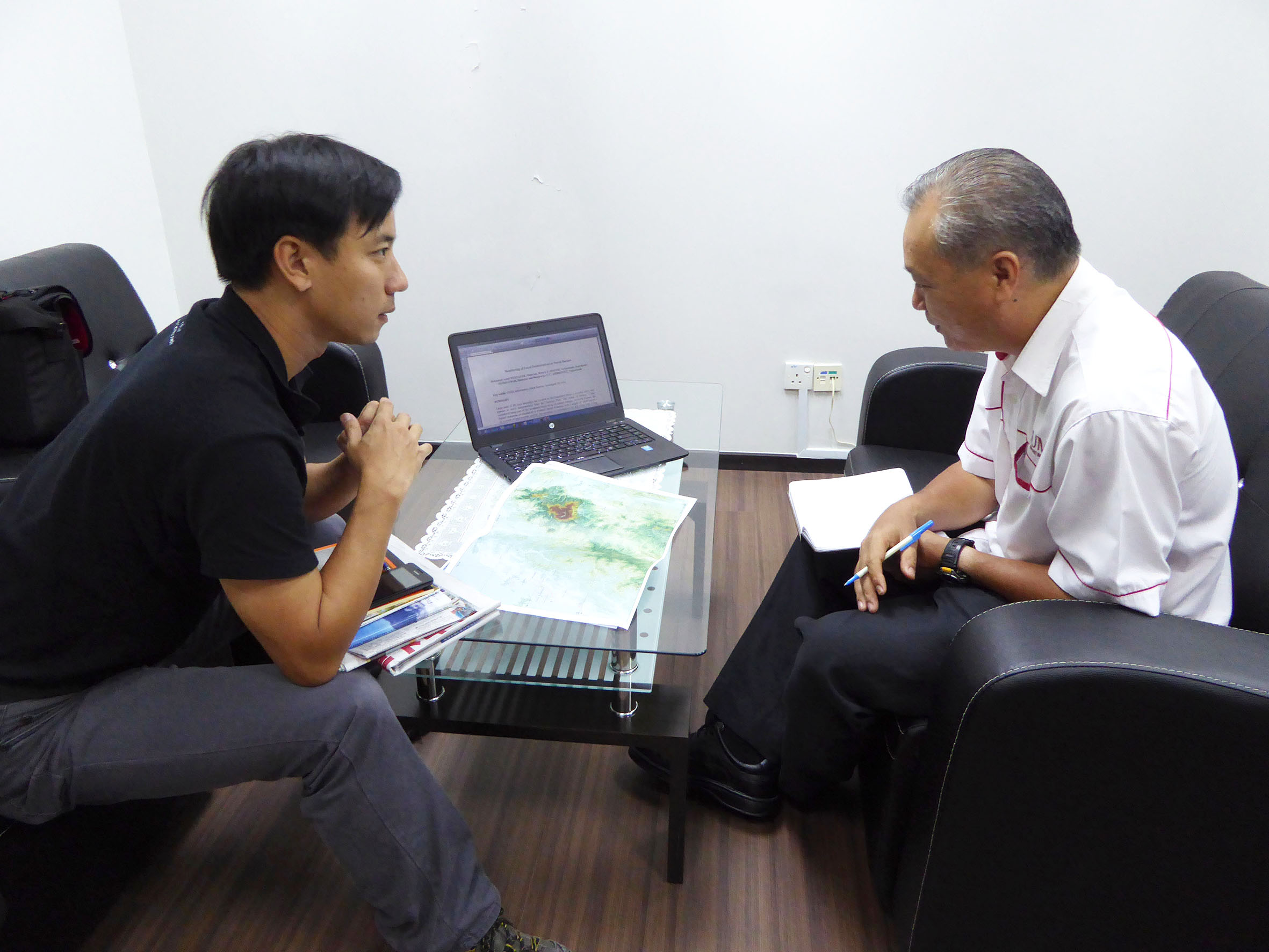
Last year, a magnitude-6.0 earthquake rocked the Sabah region of Malaysia. The quake triggered massive rock avalanches on Mount Kinabalu and tragically took the lives of 18 people on the mountain. It included the lives of seven primary school students from Singapore who were on a field trip during their school holidays.
After the earthquake, Dr Wang Yu, a Research Fellow from the Earth Observatory of Singapore (EOS), visited Sabah for a quick post-earthquake survey. There, he found buildings with cracked foundations, caved-in ceilings, and broken pillars that result from the strong ground-shaking motions. The heavy rains that followed after the earthquake caused debris flow, further damaging the area’s bridges and buildings. In total, the quake caused almost S$35 million in damages.


“I was surprised to see such large-scale landslides from a magnitude-6.0 earthquake,” said Dr Wang. “We usually expect to see landslides of this scale with stronger earthquakes. Now Mount Kinabalu has these large scars running down its slopes.”
Devastating earthquakes in eastern Malaysia have been rare in the past, with the occurrence of only four earthquakes with magnitudes greater than M 6.0 in the past 100 years. The last major earthquake in Sabah was in 1976.
"Unlike Sumatra, Nepal, Taiwan and Japan, which straddle fast-moving tectonic plate boundaries, Sabah is not a place well-known for destructive earthquakes so [this] earthquake came as quite a surprise,” said Professor Kerry Sieh, Director of EOS, in a press release last year.
Earthquakes are less common in Sabah because of where it is located. Sabah sits several hundreds of kilometres away from where the Pacific Plate, Philippine Sea Plate and other smaller tectonic plates are actively smashing into the Eurasian Plate. Earthquakes tend to occur on, or close to, these plate boundaries. “In regions that are farther away from plate boundaries, it will take a longer time for the faults to build up the energy needed to produce an earthquake. That is why earthquakes happen less frequently in those intraplate regions,” explained Dr Wang.

“For the western Sabah area, like Mount Kinabalu, we would usually expect an earthquake to occur once every several hundreds to thousands of years. And it is this long recurrence interval that may explain last year’s catastrophic landslides,” added Dr Wang. “Unfortunately, not only did last year’s landslides occur on the steep slopes of Mount Kinabalu, they also happened in the villages which became a big problem for the residents.”
Although it is difficult to forecast earthquakes, the findings from the studies conducted by EOS suggest that an earthquake similar to the Mount Kinabalu event could visit the Sabah region approximately every 50 years, while smaller earthquakes may happen every four to five years.

Dr Wang noted that in 1923 and 1976, earthquakes of M 6.3 and M 6.2 respectively occurred about 300 km to the southeast of Kota Kinabalu. In 1951, a magnitude-6.1 earthquake occurred at the northern tip of Sabah. Although these earthquake events struck eastern Sabah, occasionally an earthquake may break up beneath the western part of Sabah, where it is most populated by settlers.
To understand the source and mechanisms of these rare earthquake events in Sabah, EOS scientists are currently working in close collaboration with Professor Felix Tongkul, a geologist from Malaysia. “This research will help us to better estimate where the next ‘big one’ may occur. We can help the people to mitigate these future hazards by identifying which areas need their building structures reinforced,” said Dr Wang.

“The Kumamoto earthquake this year is a good example of how seismic hazards can be mitigated. We were already expecting such an earthquake event to happen based on several decades worth of research studies conducted in Japan. Fortunately, Japan’s building codes were modified several times from the lessons learnt after each major earthquake, and this significantly reduced the number of casualties,” Dr Wang added.
“From the Sabah earthquake last year, I believe that it is important that we learn how to build a safer society in Southeast Asia, particularly for the areas that are situated close to the plate-interface.”